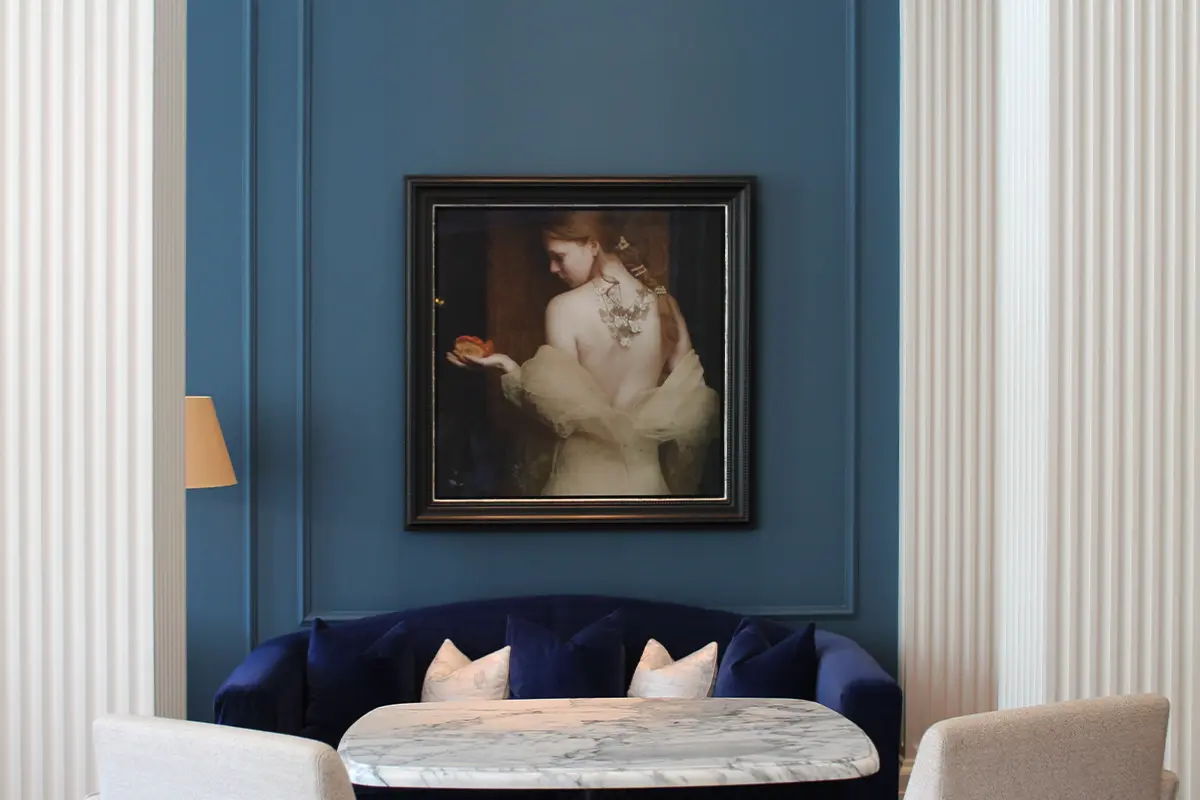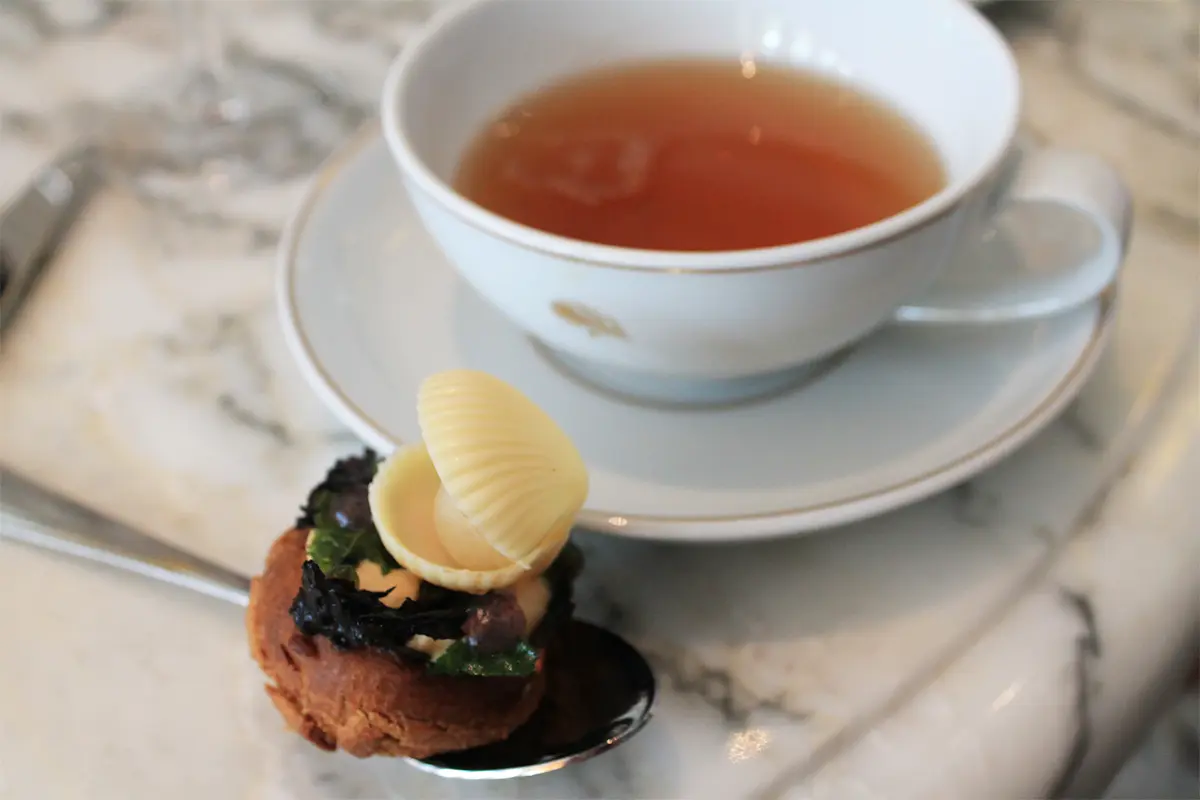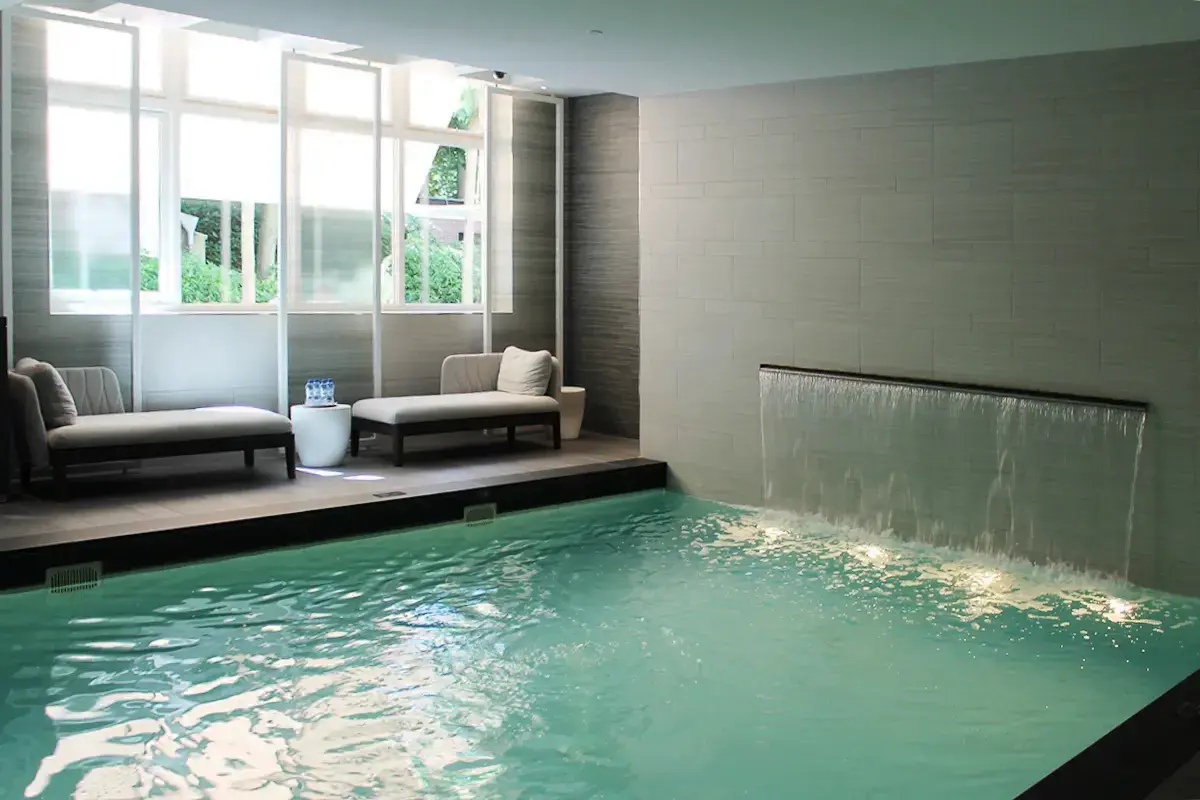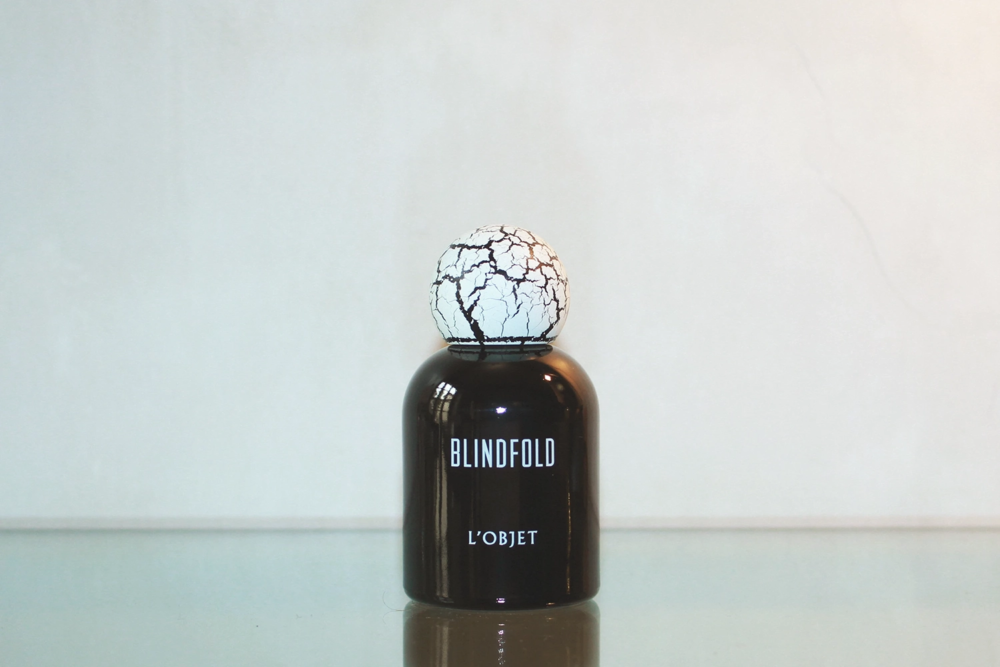
Waldorf Astoria, Amsterdam: a historical property protected by UNESCO
From six private buildings facing the Herengracht canal to a private bank, Waldorf Astoria still embodies the history of the municipality of the city of Amsterdam in a five-star hotel
Waldorf Astoria, the Amsterdam property facing the Herengracht
The five-stars superior facility, part of the Hilton Group and inaugurated in 2014 is located right over the banks of the Herengracht, the canal which extends from south to north in the east side of the city center, forming the Grachtengordel, or ‘canal ring’.
Herengracht is known by inhabitants as one of the city canals where patrician buildings stood, starting from the second half of the Fifteenth Century, year of the construction of the canal as the extension of the Singel – which would sign the city limits a century prior.
By the Seventeenth Century, the buildings facing the Herengracht belonged to families of noble backgrounds; relevant figures for the city political landscapes such as mayors, merchants, and bankers.
The palaces facing the canal are characterized by the double staircase and are developed both in depth – with wide courtyards on the back – and breadth, with large windows. Multiple windows over the canal represented a symbol of prosperity at the time, when citizens were required to pay taxes based on the number of windows facing the main street (hence the many narrow and long buildings of the Dutch capital).
Waldorf Astoria reunites six Amsterdam historical buildings dating back to the Seventeenth Century
Waldorf Astoria Amsterdam still today embodies the historical characteristics of the wealthy families that populated the area of the city center. The whole property is made up of six buildings, numbers 542 to 556, once homes of family names belonging to the history of the municipality: De Wildt, Kemp, Hooft, Marot, Sautijn, Brentano. Some of the buildings now part of Waldorf Astoria have up to seven windows individually, communicating the families’ prosperity at the time.
The six houses were later on put together to be transformed into a bank vault. Some elements are still visible around the hotel, telling another side of the story of the reconverted unit, before its acquisition by Waldorf.
Common and private areas at Waldorf Astoria
Accessing the main building from the entrance, passed the reception rooms, common spaces can be explored, such as the area used for lunch and teatime – the Peacock alley – also open to the external public. Private areas for meetings or conference can also be booked.
The upper level can be reached from the grand staircase, a wooden piece designed by Daniel Marot, once architect of Luis XIV. Two units of the same staircase were realized, one placed now inside a Russian bank and not accessible. The high ceilings are still preserved, with the decorated boiserie restored and painted white, still showing the emblem of the Hooft family.
Three connected upper levels host ninety-three guest rooms. At the third level, the lower ceiling spaces that were once reserved to servants’ residency still show the ancient wooden beams. Loft rooms can be booked all together and specially set up for family use.
[envira-gallery id=”131353″]
The traces of the past still visible at Waldorf Astoria Amsterdam
At the ground floor of Waldorf’s main building guests can carefully access and reserve upon availability the Maurer Room. The space, set up as a dining room able to host up to twelve guests, still exhibits the original elements in Eighteenth Century Rococo style. All has been restored and is preserved as it was back in time, from the table to chairs and paintings of landscapes, purchased by the owners during their trips to Italy.
A hidden cabinet opens up in the middle of the wooden boiserie gathering a selection of fragrances of the Cire Trudon brand, beloved by Louis XIV. The space can today be reserved for private meetings.
The room, as well as the six palaces that make up the complex and the back gardens are all protected as they are located on the Herengracht canal, still preserved by UNESCO.
At the lower floor instead, guests can access spaces that still have visible traces of the past of the building as a bank caveau. The Vault Bar exploited the safety deposit boxes, now turned into liquor stands and is open to the clients of the hotel to have a taste of whiskey from Wednesday to Sunday, offering the pre or after dinner experience at the two Michelin stars restaurant Spectrum.
The same safety boxes, in the adjacent room in the basement, can become the spot for private dinners and marriage proposals, becoming a ‘search for the ring’ experience, with the lucky number to look for.
The five-star service for guests at Waldorf Astoria Amsterdam
Whenever entering the space of Waldorf Astoria Amsterdam, attention is placed to welcoming the hotel’s guests properly. When offered a welcome drink, the client is also presented the possibility to pick a fragrance for the room, from a selection of four from the brand Cire Trudon, characteristic of the property – which can also be purchased to bring home an olfactory memory of the stay.
A bouquet of tulips, The Netherlands flower, is placed in rooms, either overlooking the canal or the back garden (that, during the spring months, is also populated with a myriad of tulips itself). The welcome snack is curated in small details by pastry chefs, often depicting symbols of the hosting city, such as the characteristic hooves, made in chocolate.
The guest is followed in each step of the stay, with a range of services including the afternoon tea, renting bikes, set up of transfers, until the moment of goodbye when the client is provided with a sustainable reusable branded water bottle made in bamboo depicting the landscape of the Herengracht with its buildings lined up.
The Afternoon Tea experience at Waldorf Astoria Amsterdam
Within its spaces – filled with services exclusively reserved to the hotel’s guests – external visitors have the opportunity to participate in the Afternoon Tea that Waldorf Astoria offers every day from 3 to 5 pm. Teatime is set up as an actual experience, based on a theme that changes every few months according to seasonality.
Again, attention is placed to the historical concept around which the experience is centered. As illustrated in the menu, the Afternoon Tea tradition originated during the 1840s in England, among the members of the wealthy society. The Duchess of Bedford Anna Maria, in particular, used to enjoy a late-afternoon snack while visiting Belvoir Castle in Leicestershire. By the end of the Nineteenth Century, Afternoon Tea was adapted and enjoyed by all.
Waldorf Astoria Amsterdam’s tribute to Dutch painters for spring-summer 2023 teatime
According to tradition, Afternoon Tea is composed of sandwiches, cakes, pastries, and scones. Waldorf Astoria decided to respect that, adding a contemporary twist. The guest is welcomed with an opening drink and, in the second place, presented with a selection of sweet and savory amuse-bouche, small pastries placed on a stand and all carefully executed based on the seasonal theme, accompanied by two types of tea (one for savory snacks to start with, another one for sweets), to finish with English scones.
The whole Spring 2023 Afternoon Tea is centered around a tribute to Dutch masters, featuring small edible masterpieces inspired by Van Gogh’s sunflowers and starred skies, Rembrandt’s ‘Girl with a Pearl Earring’, Bosch’s temptations, and Mondrian lines.
Waldorf Astoria, Amsterdam
The five-star property of the Hilton Group arises on the Herengracht canal in Amsterdam city center, known for its historical noble residences. The hotel, opened in 2014, is composed of six family homes dating back to the Seventeenth and Eighteenth Century, that was later on purchased and put together by a private bank. Traces of the history of the buildings can still be admired within the property due to a recovery process according to the UNESCO protection requirements.
The hotel offers to its guests ninety-three rooms, from Deluxe to Suites, the afternoon tea accessible upon reservation also to external visitors, the biggest private garden of the city with teahouse, a two Michelin stars restaurant, The Vault Bar, and one of the two European Guerlain SPAs – aside Paris – for beauty treatments.
Anna Polgrossi












